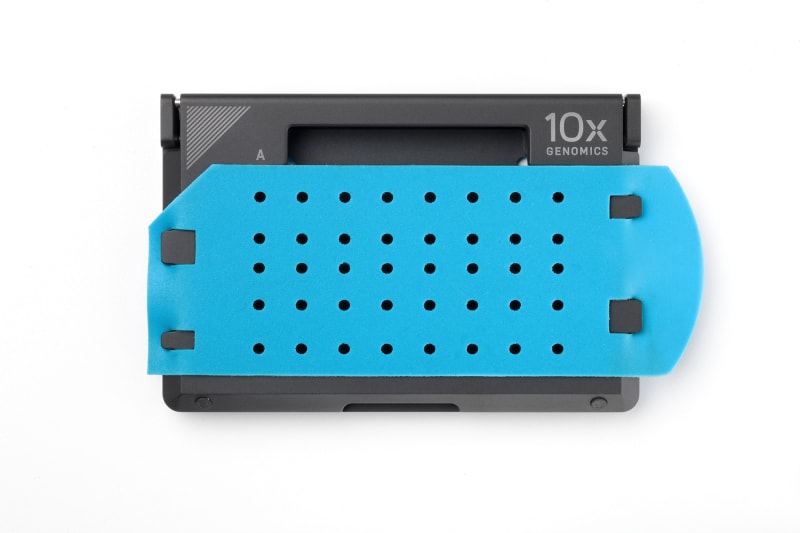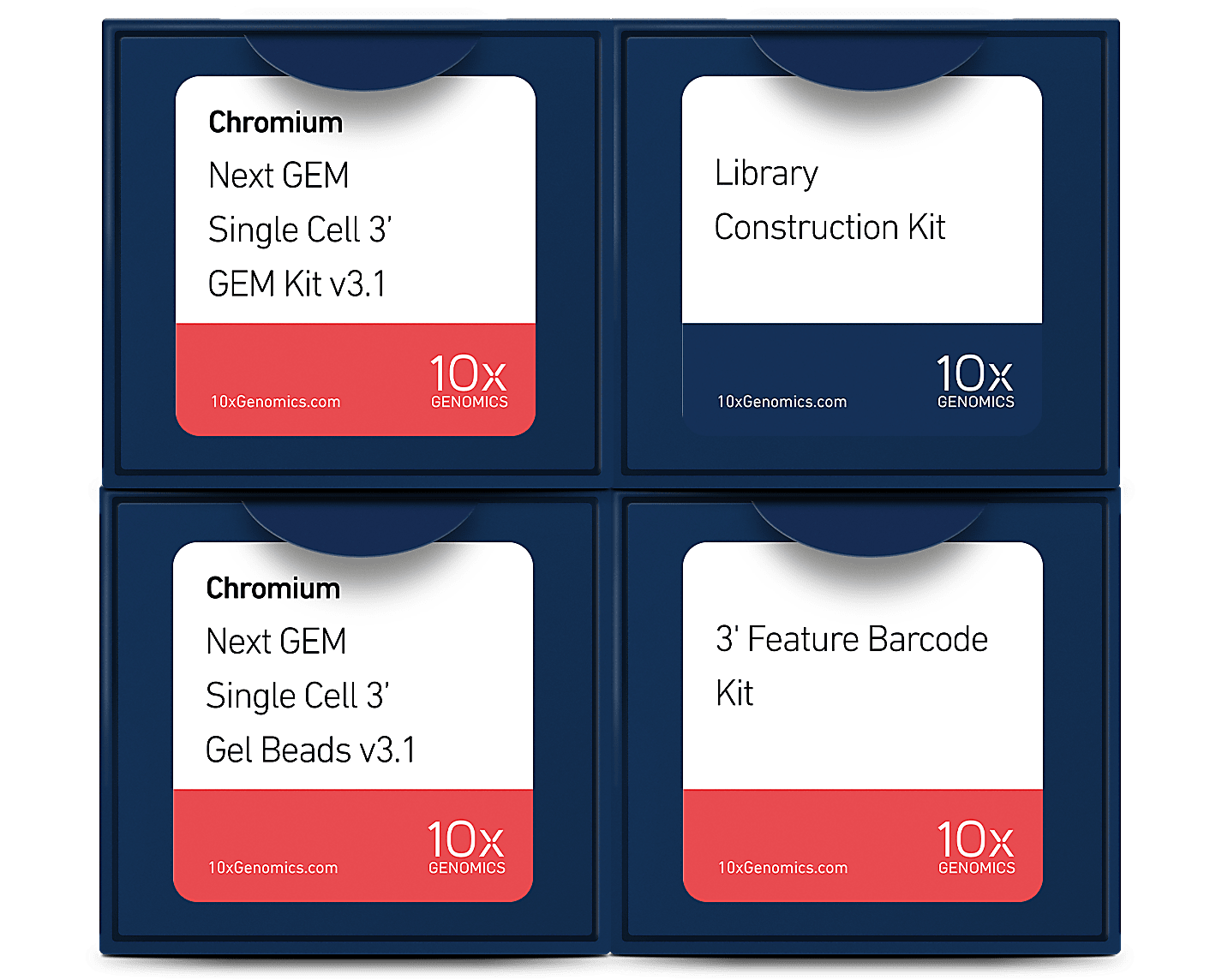

We modified the standard Chromium scRNA-seq protocol (10x Genomics) to better amplify the full-length cDNA. High-throughput single-cell full-length transcriptome sequencing with Chromium 10x Taken together, our modified protocol and data analysis pipeline enable comprehensive characterization of the full-length isoforms present in single cells that are currently overlooked in short-read sequencing datasets. We also demonstrate that these protocols are a promising tool for detecting coding variants of clinical relevance. Differential transcript usage analysis pinpointed common functional modules and genes across samples. We applied this methodology to human and mouse samples containing different cell types and highlight shared splicing patterns in human cancer cells and mouse quiescent muscle stem cells. For data analysis, we developed a computational framework to perform single-cell full-length analysis of mutations and splicing ( FLAMES), which includes cell barcode and UMI assignment from nanopore reads as well as semi-supervised isoform discovery and quantification.
#10x chromium cost full#
Subsampling single cells from a full 10x run and applying nanopore long-read sequencing can achieve a comparable number of sequencing reads per cell to that obtained from short-read platforms. Adapting the 10x Chromium platform creates a cost-effective approach to discover and quantify isoforms in single cells by integrating data from short- and long-read sequencing technologies. To this end, we adapted the popular Chromium 10x protocol and the data analysis platform FLAMES to perform single-cell isoform sequencing and data analysis. New protocols and computational pipelines to overcome these limitations are needed. Tools such as ScNapBar and SiCeLoRe focus on cell barcode and UMI assignment, while others such as FLAIR and TALON lack the ability to process single-cell data. On top of the current protocol limitations, another pressing issue is the lack of data analysis pipelines for long-read transcriptome data, especially for single cells. The recently published ScNaUmi-seq protocol requires saturated sequencing to error-correct UMI sequences, which increases the sequencing cost.

Protocols such as ScISOr-Seq sequence all processed cells necessitating either shallow depth per cell or high cost, while RAGE-Seq focuses on specific transcripts rather than the whole transcriptome.

Limited sequencing throughput introduces a trade-off between the per-cell sequencing depth and the number of cells or genes processed. However, the throughput of current long-read sequencing platforms is still not comparable to short-read platforms (especially for Pacific Biosciences’ Sequel platform) and the per-base accuracy may also be lower (particularly for Oxford Nanopore Technologies), which together create many issues. Long-read sequencing can overcome this limitation and generate full-length transcript information in single cells, as illustrated in several recent studies. Droplet-based methods such as 10x only sequence the 3′ or 5′ end of transcripts which largely precludes isoform identification. The Smartseq3 protocol can achieve full-length transcript coverage but is still unable to assemble the complete transcript sequence and is heavily reliant on the reference annotation. Previous studies using plate-based methods have focused on individual alternative splicing events such as exon skipping, due to the fundamental limitation of short-read sequencing in linking distal splicing outcomes belonging to the same transcript. However, assessing transcript-level changes between cell types using current scRNA-seq protocols is challenging due to their reliance on short-read sequencing. Single-cell RNA sequencing (scRNA-seq) is a widely adopted method for profiling transcriptomic heterogeneity in health and disease. Genome Biology volume 22, Article number: 310 ( 2021) Comprehensive characterization of single-cell full-length isoforms in human and mouse with long-read sequencing


 0 kommentar(er)
0 kommentar(er)
